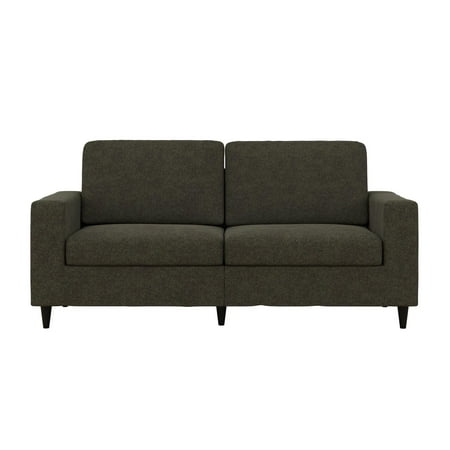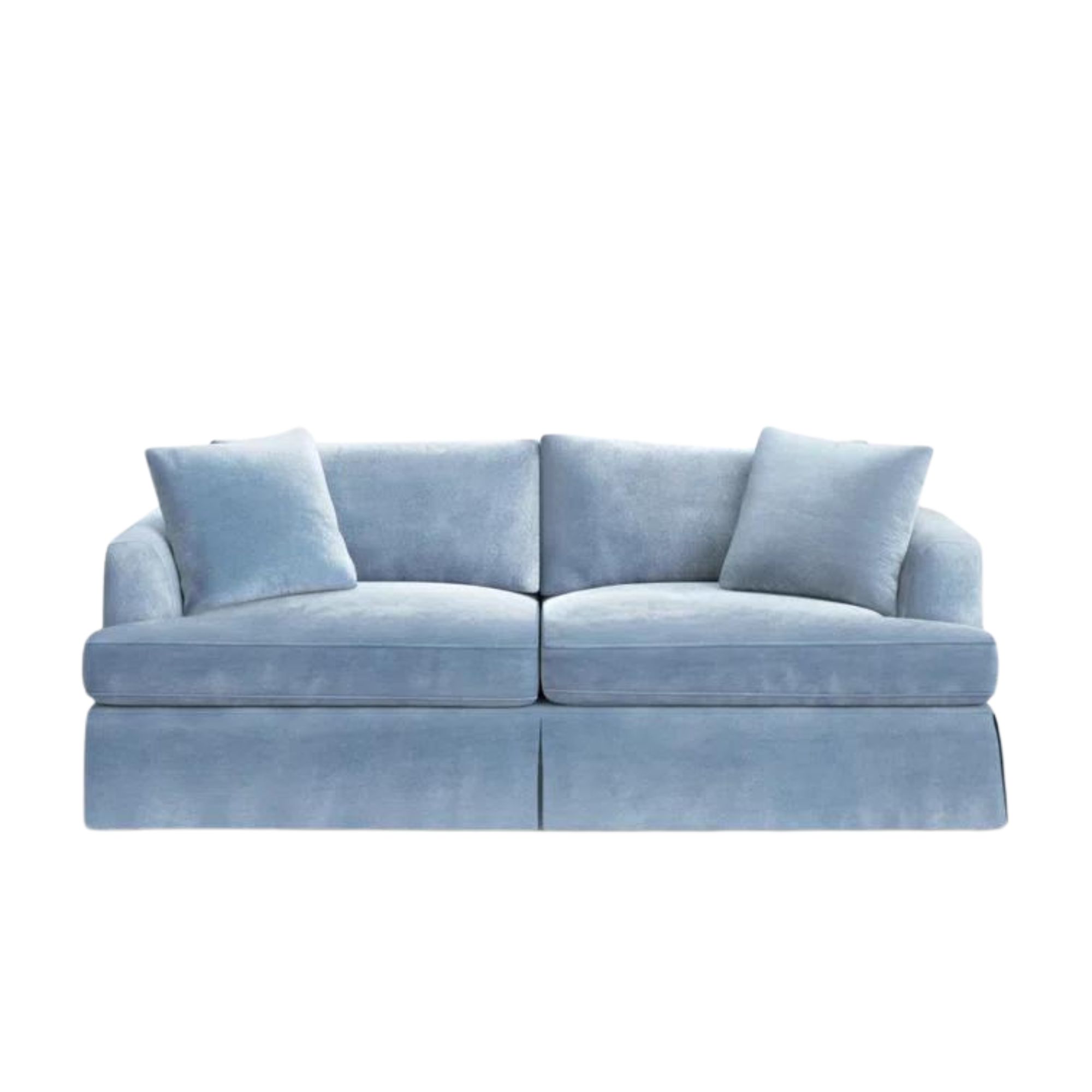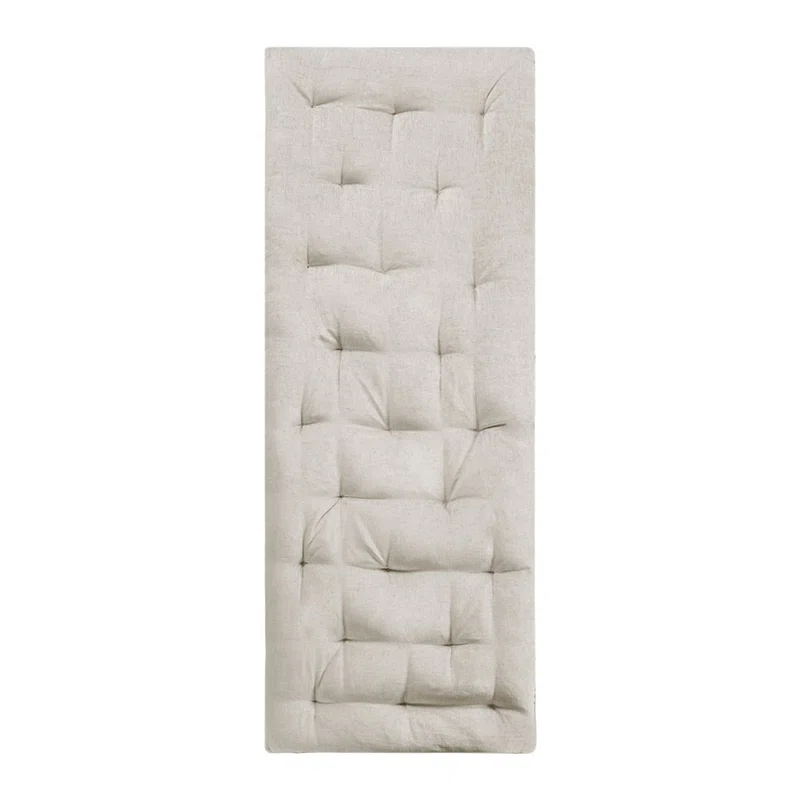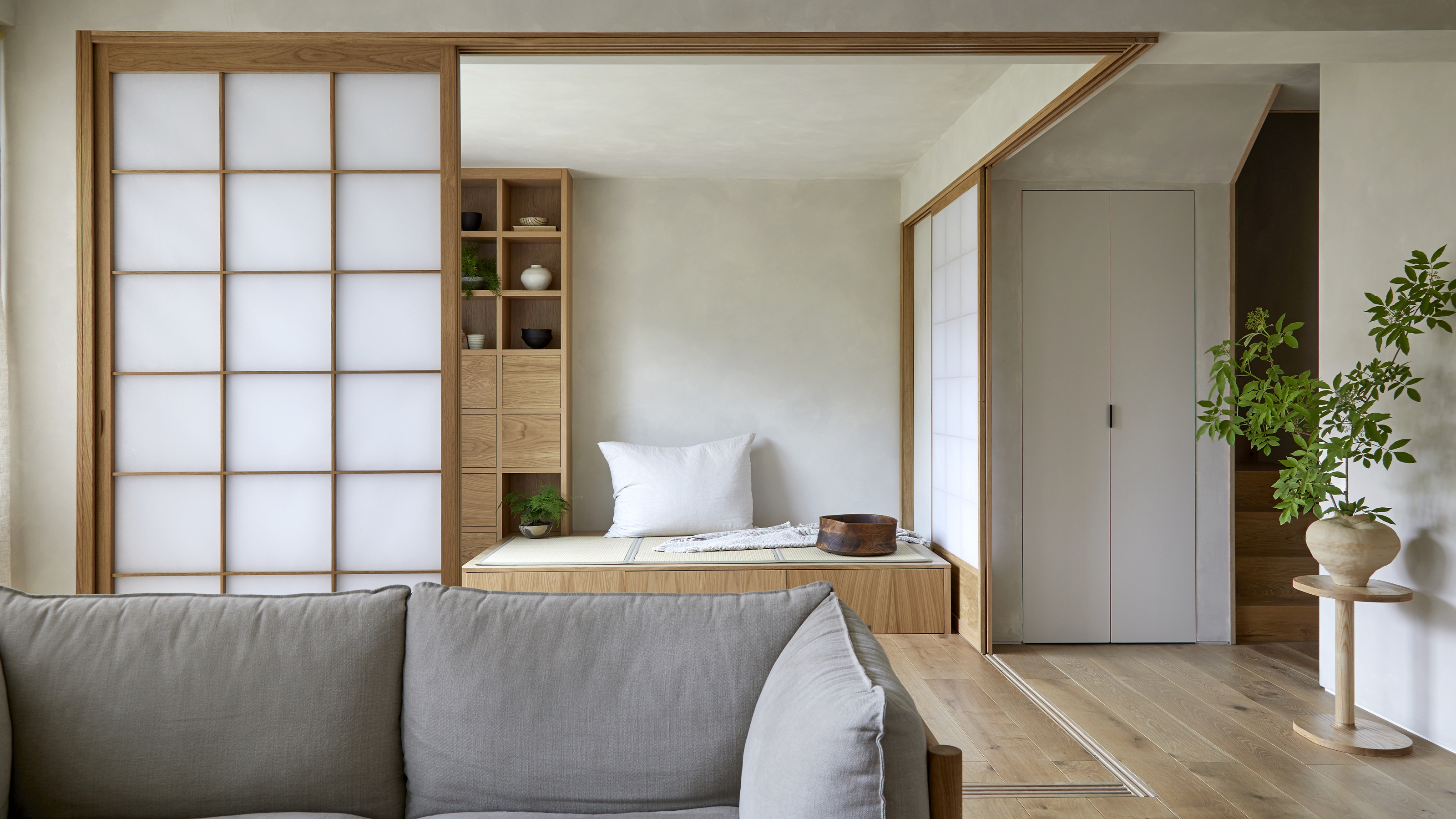Firm vs Soft Couches — An Argument-Ending Guide to Working Out Which is Right For You
There are a lot of things to consider when buying a new couch, but get this wrong, and you'll be reminded of it daily


However great your couch or sofa looks, if it doesn’t feel good to sit on, it’s going to prove an expensive letdown. But choosing between a firm vs soft couch can feel like a much tougher decision than those you have to make about the color or fabric.
The support offered by the best sofas varies but, according to the experts, when it comes to selecting between a firm and a soft design, one can’t be called better than another overall. At a first sit, plenty of people will extol how brilliant a couch is for how soft and slouchy the cushions feel, but there are also circumstances when firm will win over soft, too.
Typically, though, personal preference and intended use should be your guide, and so the question is what do you need to take into consideration when you’re buying? Here, interiors experts share the lowdown.
Firm vs soft sofas: which is more comfortable?

Purchasing an uncomfortable sofa or couch is a mistake you’ll likely be reminded of daily, but design professionals emphasize that comfort is individual.
“It all depends on the person,” explains Colleen Bennett of CBB Designs. “For example, if you’re entering into your senior lifetime, you need to be thinking firmer. Something that’s going to give you more cushion and support. If you are younger or want something a little bit more cozy, you can opt for a softer couch.”
Bear in mind that the yield you want from a seat may also be dictated by how it’s intended to be used. “In a space with more formal usage, you probably won’t want to deeply sink into a soft sofa,” says Mark Williams of Williams Papadopoulos Design. “I recommend saving the deep soft cushions for something like a media room or family room.”
So, the takeway on comfort? There’s no universal winner of the firm vs soft couch toe-to-toe — it depends on your life stage, personal preference, and intended usage.

Price: $228
For a contemporary aesthetic, a more formal, structured silhouette like the one on this mid-century style three-seater sofa from Walmart will do the trick. It's pocket coil seats mean it's a firmer, more supportive style you know will hold its shape.
Are some sofa styles softer?

When looking at them, some sofa styles seem to suggest how soft they'll be, but are the more structured designs always going to be firm sofas?
“I can only answer this with a definite ‘sometimes’,” says Mark Williams. “There are some frame shapes that can be executed with firm or soft construction with very little difference in how they look on the outside. But, if the style has a tight seat, or tight back (or both), firm construction is certainly going to give you a better outcome."
And there is good reason for that. “With this type of construction, if the insides are too soft and slumpy, the fabric will ultimately puddle and leave your sofa looking shapeless and messy,” he adds.
What’s inside the sofa is also crucial. “The firmness of your sofa is determined by the fill of your cushions,” explains Janelle Patton, lead designer at Texas-based Lark Interiors. “100 per cent down is the softest and foam is hardest. We like a combination of both — for a soft, but durable cushion.”
In other words, more structured styles are likely to be better if your preference is for a firmer sofa, while a slouchy loodown wrapped spring foam cushions indicates more give, but it definitely pays to investigate cushion fill before buying.

Price: $1,539.99, Was: $1,769.99
Available in a range of colors, including the Bella Ocean performance velvet fabric shown above, this stylish slipcover sofa features down-filled foam cushions that are reversible, meaning you can easily fluff and turn them to prevent sagging.
Do firm or soft sofas last longer?

A sofa is an investment, and one you’ll hope to get the most from your spend through long use, so you might be wondering whether you can influence this by tending towards a firmer or softer design.
The answer is, unfortunately, it's not that simple, and often there are other more important factors to considered for this. In saying that, though, it's not completely irrelevant.
“Quality construction is what will determine the lifespan of your sofa,” says Mark Williams. “But high quality upholstery that is soft probably has a higher quotient of down in the cushion construction which requires a little more daily maintenance. While those cushions are soft and dreamy like a pillow, they do need to be frequently fluffed and turned to ensure they always look fresh.”
What also counts is how you treat the sofa. “How often is it used, by how many people, what the fabric or leather is, and what is your care and sofa cleaning routine?” asks Jenon Bailie, merchandising and design director at Room & Board. “Keeping upholstery clean and flipping and fluffing removable cushions are simple ways to keep upholstery looking its best and get the most life out of a sofa.”
Is a firm or soft sofa better for a bad back?

If you have a bad back, a firm sofa is preferable. “But a shallower seat depth and proper lumbar support is just as important,” adds Mark Williams.
For clients seeking extra back support from a sofa, Los Angeles-based interior designer Jess Diab of Jess Diab Studio says: “We always include a combination of coils and firmer density foam to create lasting structure and avoid any slumping.”
Bear in mind, though, that other factors are important, including your sofa dimensions. “We start by adjusting the seat depth and the angle of the sofa back to allow for an easier sit to stand,” Jess says.
A softer sofa has a different design. “For clients who prefer sumptuous, cozy sofas, we are more liberal with our dimensions and create extra deep seat depths,” Jess explains. ‘We also suggest adding thicker foam padding and feather or down alternative for further plushness.”

Price: $169.99
If you're interested in making your firm sofa feel softer, you can always add a sofa topper like this chenille style. Also used as a floor pillow, it can easily be rolled out across your sofa seat to add another layer of plushness.
FAQs
Do firm sofas get softer?
If your firm sofa feels a bit too unyielding, the good news is that you can break it in. “Firmer cushions need some use to relax and get into place,” says Jenon Bailie. “Generally, the more you sit on each cushion, the more it should relax over time.”
Or, if you’re confident in the grade of your sofa, follow the lead of Janelle Patton. “I always have my kids do a little dance party on a new sofa,” she says. “I’m entirely serious about that. If it is a good quality sofa, it will hold up to it!”
So, firm vs soft couches — which one is best? Well, the real question should be: which one is best for you? It really all depends on what you want it to look like and how you intend to use it, the level of support you need, and how fastidious you'll be with maintaining it.
But whatever you do, once you decide, be sure to check out our sofa sales guide, to see if you can score you dream couch for a discount.
Be The First To Know
The Livingetc newsletters are your inside source for what’s shaping interiors now - and what’s next. Discover trend forecasts, smart style ideas, and curated shopping inspiration that brings design to life. Subscribe today and stay ahead of the curve.

Sarah is a freelance journalist and editor. Previously Executive Editor of Ideal Home, she’s specialized in interiors, property and gardens for over 25 years. She’s written for websites including Houzz, Channel 4’s flagship website, 4Homes, and Future’s T3; national newspapers including The Guardian; and brands including Future’s Homes & Gardens, Country Homes & Interiors, Homebuilding & Renovating, and Period Living, as well as House Beautiful, Good Homes, Grand Designs, Homes & Antiques, and The English Home among others. It’s no big surprise that she likes to put what she writes about into practice, and is a serial house renovator.
-
 The 'New British' Style? This Victorian London Home Embraces Its Owners' Global Background
The 'New British' Style? This Victorian London Home Embraces Its Owners' Global BackgroundWarm timber details, confident color pops, and an uninterrupted connection to the garden are the hallmarks of this relaxed yet design-forward family home
By Emma J Page
-
 Muji Living Room Ideas — 5 Ways to Harness The Calming Qualities of This Japanese Design Style
Muji Living Room Ideas — 5 Ways to Harness The Calming Qualities of This Japanese Design StyleInspired by Japanese "zen" principles, Muji living rooms are all about cultivating a calming, tranquil space that nourishes the soul
By Lilith Hudson